Beginning poultry farmers face many questions on their way to high quality meat. What you can feed broiler chickens, how to maintain and care for - all this is important to achieve the goal.
Before acquiring young animals, you should find out the principles of feeding and keeping , how to properly feed, and then adhere to zootechnical and sanitary and hygienic requirements.
What to feed broiler chickens
How quickly broilers gain weight depends on the composition of the diet. The first, starting period is especially important. At this time, the feed should be:
- highly nutritious;
- balanced in proteins, fats, carbohydrates, vitamins, minerals;
- benign;
- easily accessible.
Each age group has its own food. Proteins not received at 1-10 days of age can no longer be compensated at an older age.
Age group 1-10 days
A newly hatched chick is weak and continues to “feed” by resorption of the yolk. The diurnal is already beginning to show activity in search of food. During this period, he should be fed the following feed:
- boiled egg. This food is versatile and balanced. It contains all the necessary nutrients;
- cottage cheese (fermented milk cheese) prepared immediately before feeding chickens from cow or goat milk;
- curdled milk (sour milk). Just like cottage cheese, they contain sour-milk microflora, which is necessary for the chicken's body, and easily digestible proteins, fats, calcium, phosphorus and are mutually replaceable;
- finely ground corn grits;
- finely ground wheat groats;
- millet. When choosing food, one should be very jealous of its good quality, since rancidity (fat oxidation occurs, it tastes, when chewing it can be felt) can be the cause of death. If you are not sure of the quality, it is better not to use it in food.
These feeds can be used from the first days. Considering the norms of feeding , take into account that grain feed must always be in the feeder. At the same time, access to the feeders should be free. An egg is fed to chickens at the rate of 1 per 10 heads, and cottage cheese 2 g per head.
Age group 10-30 days
After 10 days, the feeding of eggs and cottage cheese is stopped, but sour milk or, in extreme cases, whey is left in the diet until the age of one month. 10 day old chicks begin to feed porridge or wet mash, which is prepared from six cereals. The composition of such cereals includes cereals:
- wheat;
- corn;
- barley;
- oatmeal;
- rice;
- buckwheat.
The diet of 20 day old chicks will differ in that the bottom two positions (rice and buckwheat) are removed.
You can cook the mash on whey or water. Bringing them to a boil, pour a mixture of cereals. Groats should not be boiled, it is only steamed. This technology will not make the feed more nutritious, but it will be more digestible, which will increase body weight gain.
Chickens have developed taste buds and feel sweetened food well. Sucrose, unlike fructose, has a positive effect on the growth and development of the body, and the addition of 1-2 g of sugar to the diet in the first 10 days of life (can be mixed into porridge) will increase the nutritional value of the feed ration.
The ratio of cereals should be taken in the following proportion: the first four cereals from the list should be twice as large as the last two. The mixture is prepared daily.
From 10 days they begin to feed green herbs. When figuring out what grass to feed, you should give preference to legumes (clover, alfalfa, sainfoin, vetch-oat mixture) from garden plants you can use:
- dandelion;
- couch grass;
- bluegrass meadow;
- timothy.
If there are no herbs yet (early spring), you can germinate wheat and other grains, and crushed green sprouts, feed them to chickens.
Two-week-old chicks should be fed eggshells and sand should be in the feeders at all times.
Age group 30 days or more
At 1 month, chickens already have a fully formed gastrointestinal tract with a constant microflora.
After a month, whey is taken from the diet and dry reverse is introduced in the amount of 2-3% of the total composition of the diet. If the question arises “is it possible to feed boiled potatoes?”, Then the answer is unequivocal - yes. However, this food should be approached carefully. In the spring, potatoes intensively accumulate corned beef, which in excess doses can lead to the death of the bird. To prevent this from happening, you need:
- choose potatoes that are not green;
- peel (it is in it that the toxin is located);
- after boiling, drain the water.
Boiled potatoes have a high exchange energy and digestible protein ratio, contain essential amino acids and are an excellent feed for chickens.
Growing broilers, you need to know how they can get sick and how to treat them
From the age of one month, the following are introduced into the diet:
- meat and bone or bone meal;
- sunflower meal or cake;
- broken peas or beans.
The question of whether it is possible to feed peas also worries beginner poultry farmers. It is possible, but it should not exceed 5% of the total composition in the diet.
Important! It is necessary to accustom chickens to each new type of food gradually, initially asking it in small portions.
Feeding broiler chickens
Having understood the feed, you should find out how much to feed certain ingredients. The easiest way to do this is to use a table.
| Name
stern in g on the head |
Chick age in days | ||||
| 1-10 | 10-20 | 20-30 | 30-40 | 40-60 | |
| Eggs | 2-4 | ||||
| Cottage cheese | 1-2 | 3-4 | 5-6 | ||
| Milk serum | 3-5 | 3-5 | 3-5 | ||
| Dry reverse | 3-5 | 3-5 | |||
| Cereal mix (six cereals) | 3-4 | 6-15 | |||
| Cereal mix (four cereals) | 15-30 | 40-50 | 50-70 | ||
| Cakes and meals | 1-2 | 3-4 | 5-6 | ||
| Meat and bones, fish,
bone flour |
1-2 | 3-4 | 3-4 | ||
| boiled potatoes | 3-5 | 3-5 | |||
| Legumes | 2-3 | 2-3 | |||
| Salt | 0,1 | 0,1-0,2 | 0,3 | 0,4 | 0,4 |
| green herbs | 1-2 | 3-4 | 5-10 | 10-20 | |
At home, people, of course, do not weigh food, but ask them “by eye”. At the same time, you need to understand that the bird will not overeat, but hunger has a bad effect on adding live weight.
Important! Chicks should have constant access to grain feed
No less important aspects in feeding broilers so that they quickly gain weight are:
- minerals. If in the first days there is a lack of manganese, then starting from 3 weeks of calcium and phosphorus. To enrich the body with elements, day-old chickens are given a pink solution of potassium permanganate instead of water. For older, mineral supplements in the form of shells, limestone should be constantly in the feeders.
- water. Nutrients can be absorbed by the epithelium of the gastrointestinal tract of the body only in dissolved form. The bird should not be thirsty, water is needed in the public domain.
- salt. This product plays a role in the formation of hydrochloric acid in the stomach of the bird.
Table salt should be strictly rationed, exceeding the dose can lead to poisoning and death of chickens.
It is customary to feed domestic chickens with kitchen waste, but chickens should not be given such feed. Do you know if you can feed with bread? It is better to give it to an adult bird, and start giving it to broilers from a month old.
Sour milk and whey are very good food for chickens. If there is such an opportunity, then they are poured into drinkers, to which the bird has constant access.
An important point is the feeding of green fodder. Fresh herbs add vitamins, minerals and biologically active substances to the diet. All these components are essential for the bird's body. How to feed greens? The answer is that it is better to ask green fodder in a crushed form, in small doses (until it is completely eatable) several times a day, since chickens will not eat trampled grass. Having entered the body, the green mass quickly moves along the digestive tract and the goiter is again ready to accept the next portion.
How many times to feed a day? The answer is simple - the feed in the feeders should be constantly. In the conditions of poultry farms, this is easier to do, where feed is supplied automatically, as it is eaten by the bird.
At home, special feeders are used, which also automatically “sprinkle” food. If there are none, you yourself need to constantly monitor the filling. At 2 months, the broiler already resembles an adult bird, since the growth rate is very high.
We recommend useful material on how to hatch chickens in an incubator and how to build a brooder for them.
Broiler Chicken Care
Chickens feel great under the hen, they are warm and dry. The same conditions must be created without a hen. When figuring out how to care, you need to consider the main criteria for maintenance:
- warm;
- light;
- air exchange;
- dryness;
- absence of drafts.
Having acquired daily young, it is placed under the lamps. It can be either an infrared, special lamp for animals and birds, or an ordinary light bulb with a reflector or lampshade adapted for heating. How high should it hang above the chickens? First, take a look at the bird. If they “push” trying to spread themselves in the center, they are cold. If the birds move away from the center of heating, in search of a cooler place, the lamp can be slightly raised or the power reduced.
There is no difference in the care of day-old, week-old, 2-week-old, three-week-old chickens, the light should be on for a month. This is also necessary so that the birds can consume food at night. In monthly broilers, the light can already be turned off at night.
Bedding should be done with sawdust or straw, the main thing is to keep it dry. Growing and caring for broilers is not burdensome and interesting. Watch the bird and it will tell you.
Useful video about growing broiler chickens

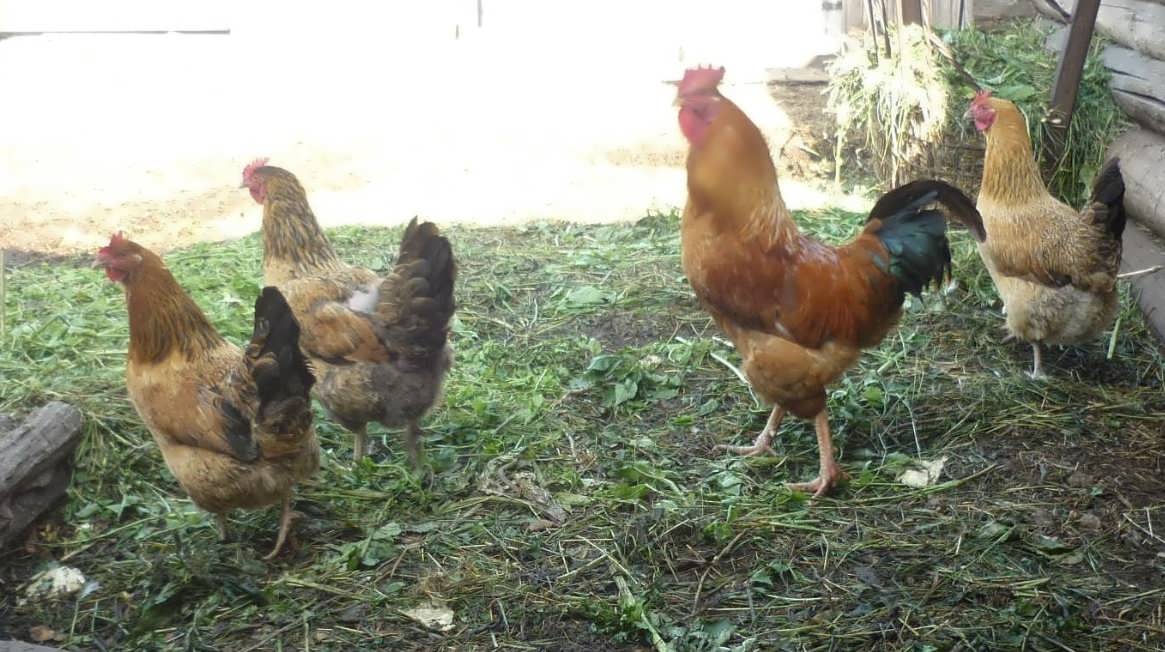
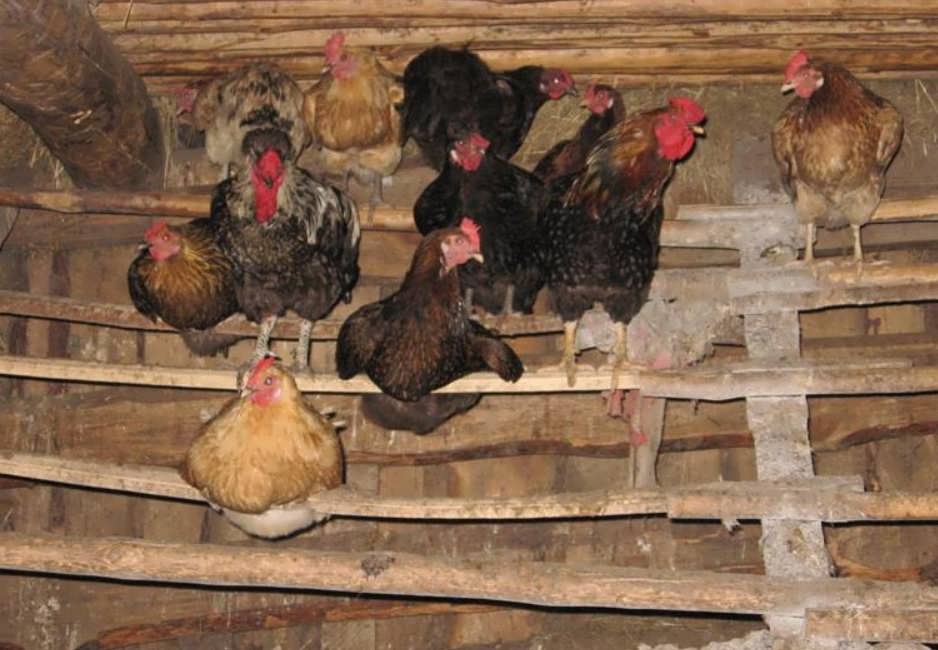
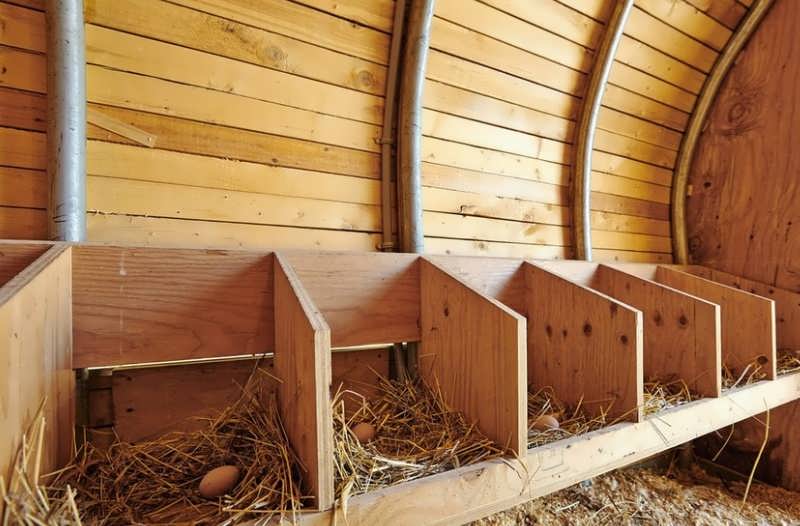
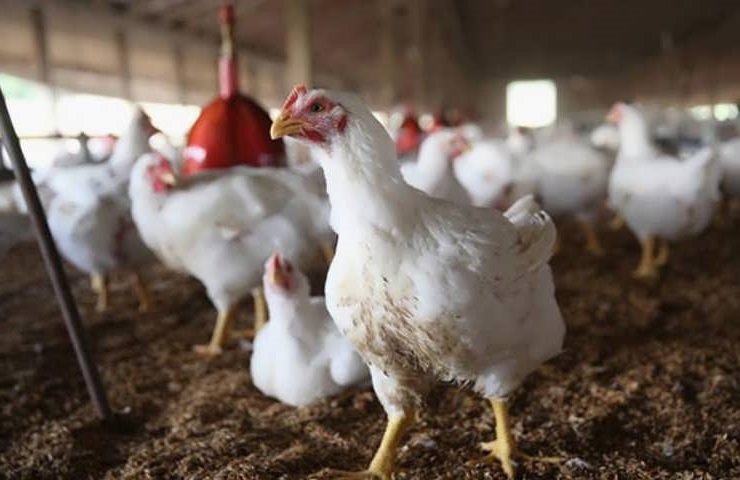
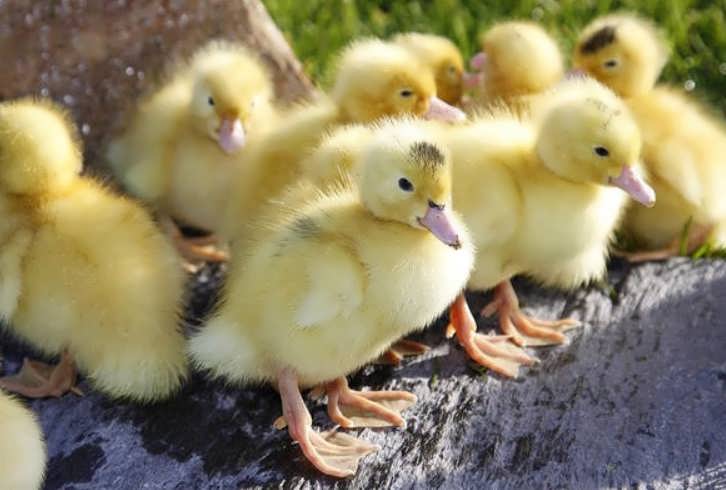
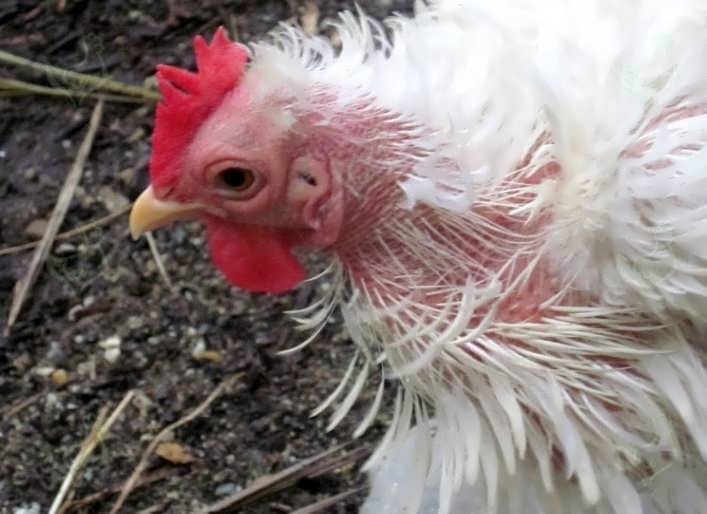

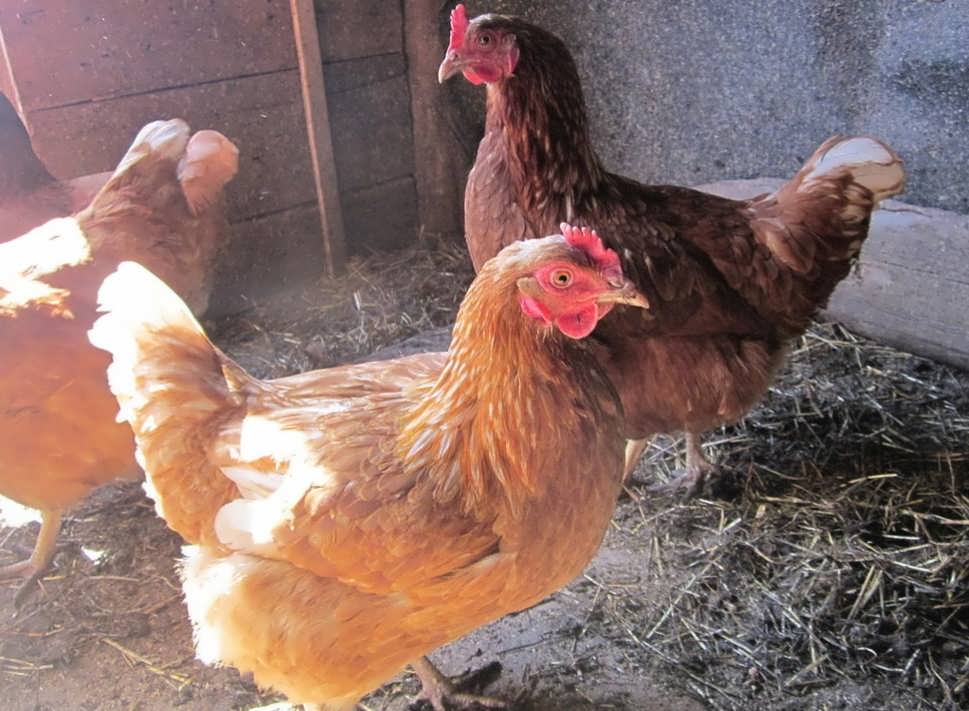
For more than 3 months I have been planning to start breeding broiler chickens. Gathering information on how to properly care for and feed them. I aim immediately for a positive result of my activity. So I am grateful to you for the tips and recommendations given, they are actually useful for me.
As practice has shown, breeding broiler chickens is not such an easy task, and if certain rules are not followed, then a positive result will not be achieved. I myself without fail follow all the above recommendations and this is the only way to get good indicators and healthy broilers.
Breeding broiler chickens is a profitable business and should be dealt with very responsibly. I myself have been breeding for more than 5 years and during this time, of course, I learned to do everything right. But at first I made mistakes. It is a pity that I did not see these tips earlier, so I would have been able to avoid mistakes and initially achieve success.
Thank you for these tips. Now I have confidence that my broiler chickens will get everything they need.
Thank you!!!